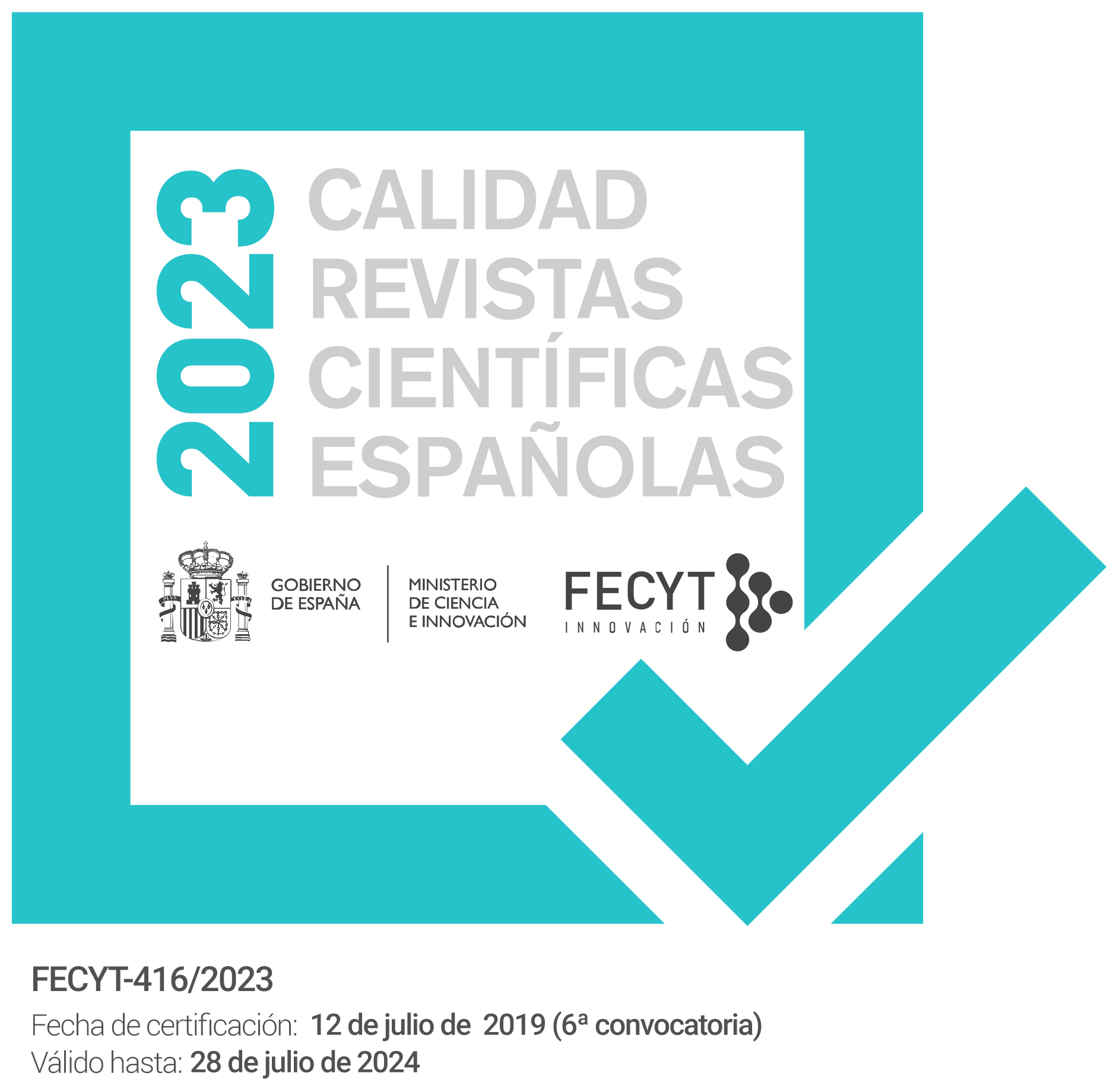Turismo y administración local en Canarias: un problema pendiente. Bases para un debate
Keywords:
gestión municipal, municipio turístico, infraestructura turística, oferta turística, población flotante, municipal management, tourist municipality, tourist facilities, tourism offer, floating populationAbstract
Las administraciones locales deben gestionar una parte importante de las infraestructuras y serviciosdemandados por el turismo. En estas áreas se combina la prestación de servicios a la población turística
y población local, lo que supone su redimensionamiento y diversificación. Como resultado, los municipios
afectados por esta dualidad deben adaptar la gestión de sus recursos, produciéndose importantes
desequilibrios.
Esta distinción ha abierto un importante debate en torno a la figura del «municipio turístico» y su
«discriminación positiva» frente al resto de municipios. Una fórmula que trata de compensar el desequilibrio
que genera la actividad turística en la gestión local. Actualmente las islas Canarias carecen
de criterios oficiales para la definición de un municipio turístico, así como no se ha consensuado un
listado oficial que los identifique. En este sentido, el presente artículo pretende hacer algunas aportaciones
a este debate, planteando una propuesta de delimitación.
Downloads
Downloads
Issue
Section
License
The articles are open access distributed under the terms of the Creative Commons Attribution-NonCommercial-NoDerivatives (CC BY-NC-ND) Spain 4.0 license. Authors who publish in this journal agree with the following terms:
a) Authors retain the copyright and guarantee the journal the right to be the first publication of the work as well as licensed under a Creative Commons Attribution License that allows others to share the work with a recognition of the authorship of the work and the Initial publication in this magazine.
b) Authors may separately establish additional agreements for the non-exclusive distribution of the version of the work published in the journal (for example, place it in an institutional repository or publish it in a book), with recognition of its initial publication in this magazine.
c) Authors are allowed and encouraged to disseminate their work electronically (for example, in institutional repositories or on their own website) before and during the submission process, as it may result in productive exchanges, as well as a earliest and largest citation of published works (See The Effect of Open Access).



